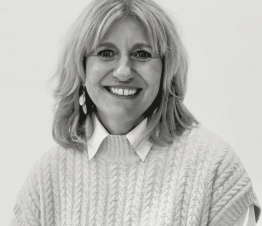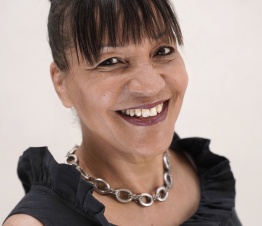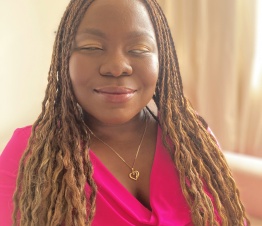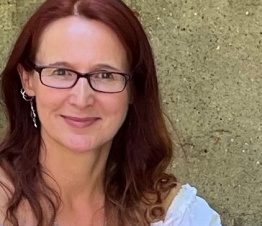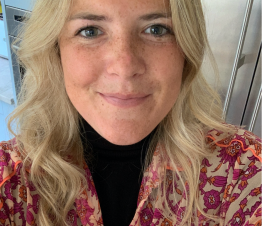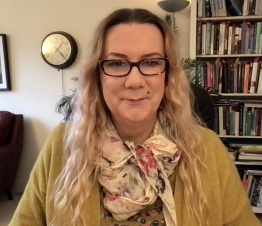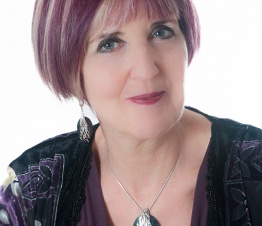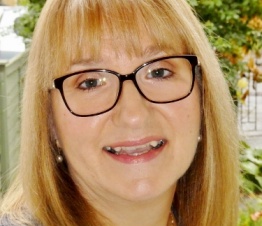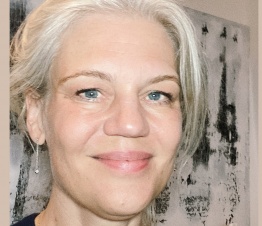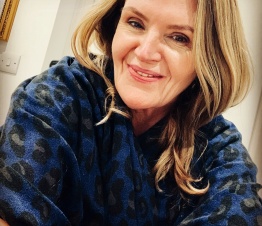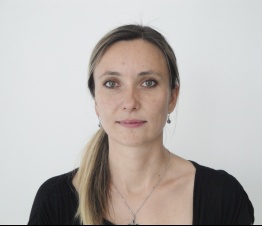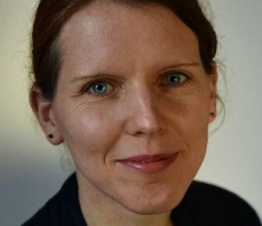What is couples therapy?
The aim of couples therapy is to resolve problems and find better ways of communication between a couple. Although the couples therapist might see one or other of the couple alone at some point during the therapy period, generally both people will be present in each therapy session. Couples counselling generally costs more than individual counselling.
Short-term counselling may be for between one and three sessions whereas long-term couples therapy may be for between 12 and 24 sessions. Couples therapy is more about seemingly intractable problems within a relationship history, where the aim is to deal with damaging emotions and long-standing ways of relating. Clients may be given homework or tasks, such as conversation topics, to complete between regular sessions.
While many therapists will agree to see couples, actual couples therapists have been specifically trained in working with this dynamic. It is an unusual balance, where the therapist must be trusted by both members of the couple. If looking for a couples therapist, check their training or membership of the relevant organisations below.
Who benefits from couples therapy?
Couples therapy is often perceived as difficult and embarrassing for clients, but having a neutral person assess the situation and give advice on how it could change can be enormously helpful to a couple. People decide to seek counselling for a number of reasons: there may be a change in their situation, such as a betrayal, loss of job, birth of a child, bereavement, that has unsettled them.
For others, long-term differences may have come to a head. These might include: communication problems, intimacy and sexual issues, family difficulties, complications of re-constituted families, past abuse, body image, and troubles that one or both partners may be dealing with, which inevitably affects them both. The couple may be considering separation or divorce.
Members of a couple each come from their own family and cultural background, which heavily influences who they are. They may be highly vulnerable, angry, have poor self-esteem and many other aspects of being human. What is called the dynamic between the couple is based on who they each are from the past and into the present.
Close relationships are renowned for triggering old patterns of fear, passivity, rage or anxiety. Each of them will have a template, often unconscious, about what makes a relationship good or bad. This is based on their family of origin, both as a couple and as parents. Their individual templates may well be the opposite of each other's, or they could be quite similar.
Couples therapists seek to engage their clients in a variety of ways, to help to understand many issues. As therapist Priya Tourkow wrote on the site, they are looking to answer many questions:
- How do they communicate with each other? Do they listen or interrupt one another?
- How do they organise the practicalities of life together? Is one doing most of the tasks?
- Can they tell each other what they are feeling, or do they project onto the other one?
- Do they openly appreciate one another or are they over-critical?
- Are they made up of two adults or is one more of a “parent” and the other the “child?”
- Are they affectionate with one another?
- Are they empathetic, kind, caring, supportive and basically interested in one another?
- What happens when they disagree?
- Is one of them a “victim” and the other a “persecutor?”
- Are they able to talk openly about intimacy and sex?
You can read more about common relationships problems and how therapy can help here
Welldoing.org couples therapist Rima Hawkins:
"Successful therapy interventions and the committed input of the couple can make it stronger. Whilst the attempts to rebuild trust and communication and deal with the ruptured relationship can be painful and hard work, the result can be very rewarding."
Relevant organisations
Relate
This information has been vetted by a professional member of the welldoing.org directory
Last updated on 1 May 2019




